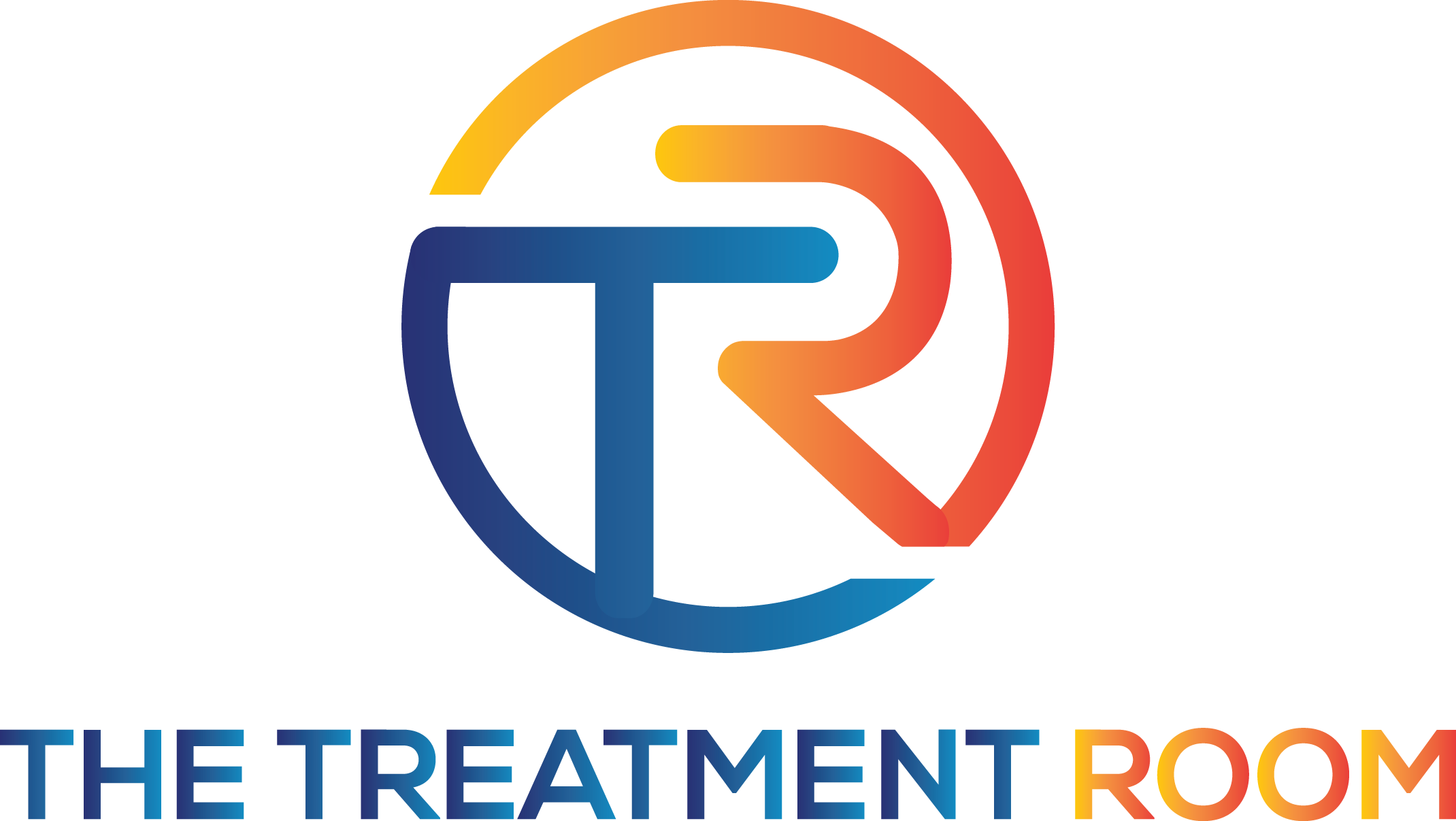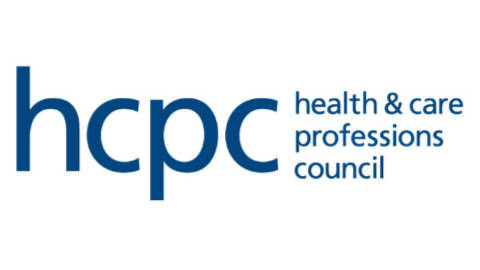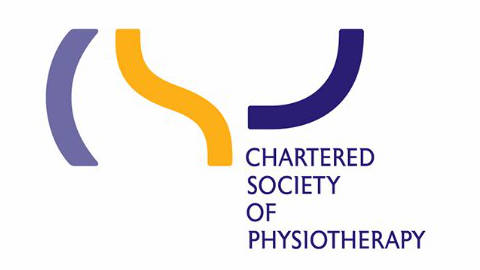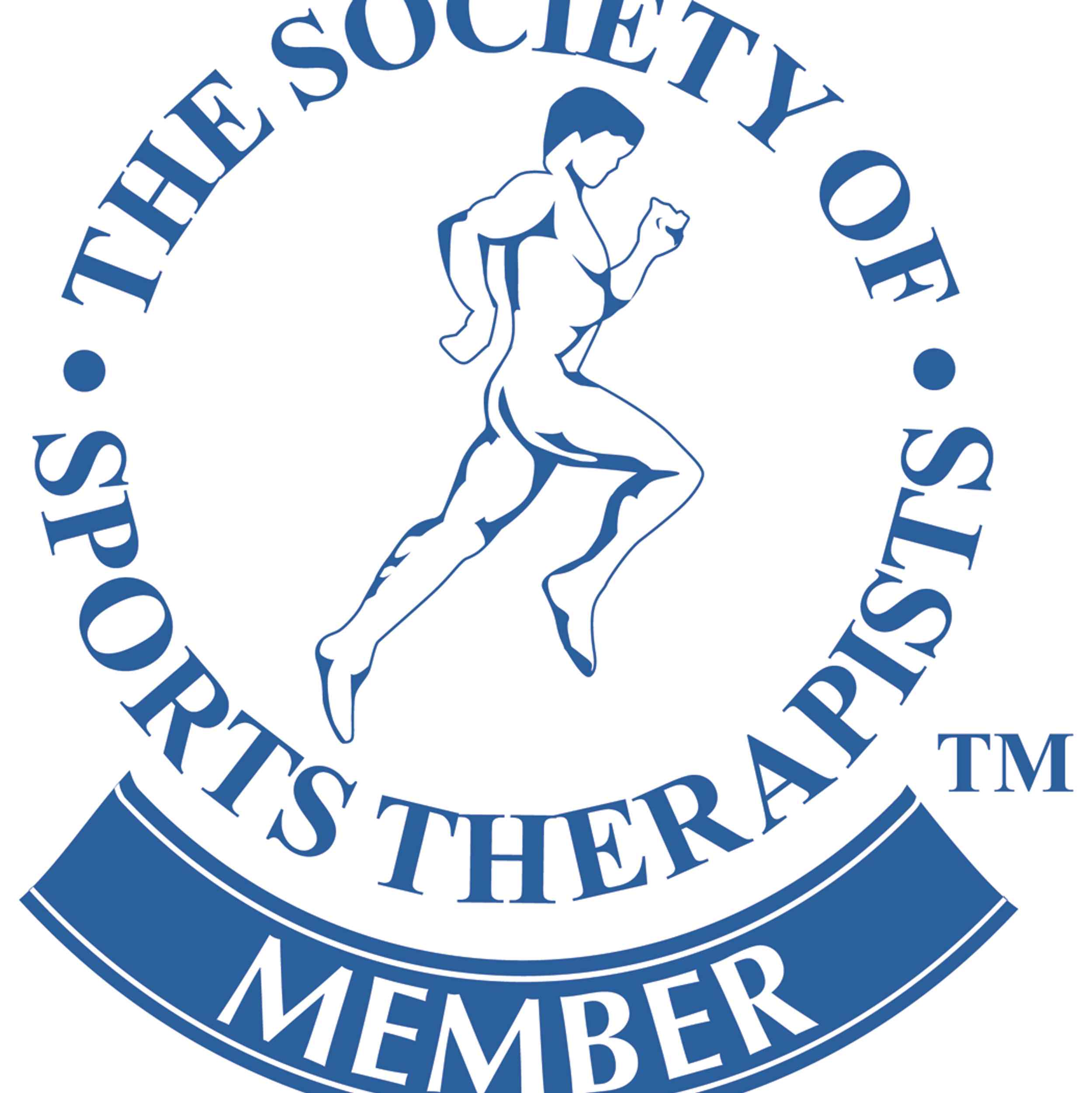- A recent study , titled “Iliotibial band pathology: synthesizing the available evidence for clinical progress” by Geisler P (2020), aimed to explore the evidence surrounding ITB syndrome, with a focus on pathology and management. This study was reviewed by Tom Goom in the March 2021 issue of the Research Reviews, which provide valuable insights from industry experts for immediate application in physiotherapy clinics.
Key Findings from the Study:
1. **ITBS Pathology:** Contrary to the previous belief that ITBS is primarily a ‘friction syndrome,’ recent research suggests that it’s more likely a result of compression on sensitive structures beneath the ITB, not friction. This distinction has significant implications for treatment approaches.
2. **Inability to Stretch the ITB:** The ITB is a robust structure with multiple attachments along the femur and around the knee. It’s not stretchable, and attempting to stretch it is not a recommended treatment strategy.
3. **Hip Strength and Control:** Effective management of ITBS involves focusing on hip strength and control, with particular emphasis on hip abduction and external rotation. Weakness in these areas and increased hip adduction during activities like running are thought to contribute to ITBS.
4. **Training Error:** Training error plays a role in over 60% of ITBS cases, and treatment should address causative factors. A progressive, 3-level rehabilitation program is recommended, starting with low-load open chain exercises and progressing to higher-load exercises, including impact and sport-specific preparation.
**Limitations:** While narrative reviews like this study can provide valuable insights, it’s important to acknowledge the lack of high-quality clinical trials demonstrating the effectiveness of the recommended treatment approaches.
**Clinical Implications:**
– This study challenges common approaches such as stretching and massage in the treatment of ITBS.
– A progressive rehabilitation strategy and addressing potential causes should be tailored to individual patient needs.
– For patients exhibiting excessive hip adduction during running or a narrow stride width, gait retraining and graded return to goal activities based on symptoms are recommended.
– Consideration of psychosocial factors, including beliefs about the injury and pain, as well as unhelpful training beliefs, is essential in the management of ITBS.
What Can We Do For YOU!?
At The Treatment Room, we understand the importance of staying at the forefront of evidence-based practices to deliver the best care to our clients in Newport and Cardiff. The recent study on ITB syndrome sheds light on crucial insights that directly influence our approach to treatment. Here’s how we, as physiotherapists and sports massage therapists at The Treatment Room, can address this issue:
1. **Tailored Treatment Plans:** Our commitment is to provide individualized care. Leveraging the findings from the study, we will craft personalized treatment plans that address the unique biomechanical and psychosocial factors of each client. Your journey with us begins with a comprehensive assessment to identify specific weaknesses and areas for improvement.
2. **Education and Empowerment:** We believe in empowering our clients through education. Armed with the updated understanding of ITBS pathology, we will take the time to explain the nuances of the condition. Our goal is to ensure that you not only receive effective treatment but also understand the reasons behind each intervention.
3. **Specialized Rehabilitation Programs:** Implementing the recommended 3-level rehabilitation program, we focus on a progression tailored to your abilities. From low-load open chain exercises to higher-load activities, our programs are designed to strengthen key areas and facilitate a gradual return to pain-free movement.
4. **Gait Analysis and Retraining:** If you’re experiencing excessive hip adduction during running or have a narrow stride width, our team at The Treatment Room will conduct a detailed gait analysis. Using this information, we’ll guide you through gait retraining techniques, providing real-time feedback and support to modify your running mechanics effectively.
5. **Holistic Psychosocial Support:** Recognizing the impact of psychosocial factors, we take a holistic approach to your well-being. Our therapists are trained to address beliefs about injury and pain, fostering a positive mindset throughout your rehabilitation journey. We’re here not just for your physical health but for your mental and emotional well-being as well.
6. **Collaboration with Coaches and Teams:** Building strong connections within the local sports community, we actively collaborate with coaches and teams. By sharing insights from the study, we contribute to the development of preventive strategies, influencing training practices to minimize the risk of ITBS among athletes in Newport and Cardiff.
7. **Continuous Growth and Learning:** At The Treatment Room, our commitment to your care extends to our commitment to continuous professional development. We stay updated on the latest research, attend workshops, and engage in ongoing education to refine our skills and provide you with the most effective and innovative treatments available.
Our mission at The Treatment Room is to be your partner in health, guiding you towards optimal well-being. If you’re dealing with ITB syndrome or seeking preventive measures, trust us to provide a personalized, evidence-based approach that aligns with the latest advancements in physiotherapy and sports massage. Your journey to recovery and peak performance starts here.
Get in touch today to start your journey to wellness.



